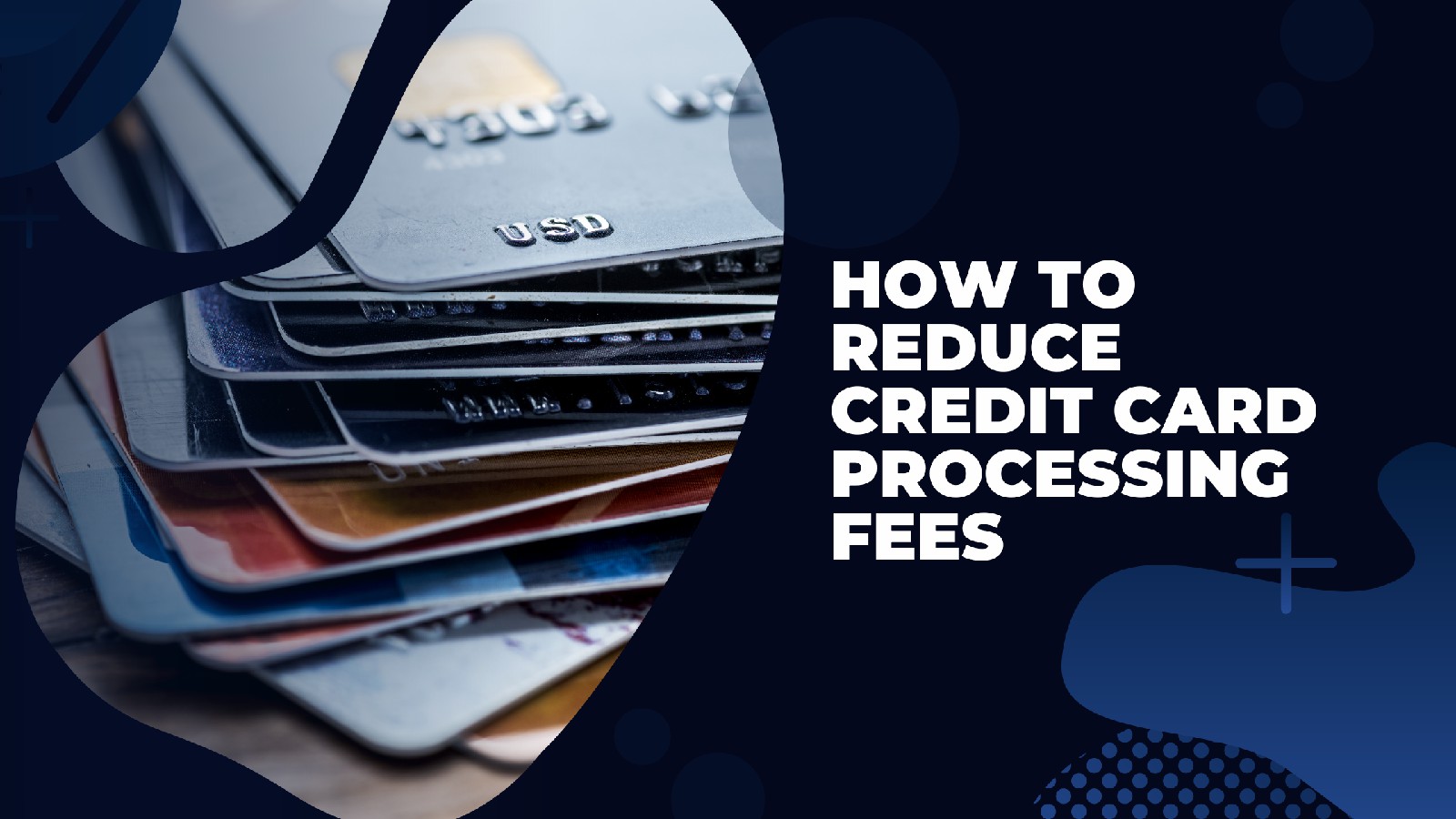A foremost factor affecting your profitability is the credit card processing fee. The rate and percentage vary from provider to provider. It comes at a cost that depends on the transaction you make. While it may seem that you have no role in determining this cost, there are ways through which you can limit it. Here are some factors that affect credit card processing fees:
1. Apply A Surcharge
A surcharge is a fee charged by the merchant on top of an item or service price. Merchants can add a surcharge when customers pay with a credit card, but they must be disclosed before purchase. This helps merchants avoid paying high processing fees and gives consumers more information about how much they will actually pay for a product or service before buying it.
2. Capture More Customer Data
Many merchants don’t capture enough information when they process a payment transaction. This leads to higher chargeback rates, which reduces your chargeback rate percentage (CVRP) and ultimately drives up your costs. By capturing more customer data, you can reduce chargebacks and increase the CVRP, which should significantly reduce your overall processing costs.
3. Swipe Whenever Possible
The most common way to process payments is by swiping the customer’s card through a payment terminal or mobile device. This method has several advantages over other payment processing methods — it’s quick, easy, and seamless.
Some businesses may choose not to use this method because they think they can save money by using less-expensive options like e-commerce software or virtual terminals. However, these options often cost more than swiping cards because they require more work on the merchant’s part (and sometimes require additional equipment).
If you can swipe credit cards without incurring any additional costs, then do so!
4. Offer ACH Payments
If you’re just starting out and need to accept credit cards, consider offering customers the option of paying by check or ACH (Automatic Clearing House) transfer. This will help you avoid costly fees and make your business more attractive to customers who prefer not to use their debit or credit cards. It also gives you time to get used to accepting payments via card before adding that functionality.
5. Become PCI Compliant
Many companies offer incentives for being PCI compliant, including lower fees and better service. The Payment Card Industry Data Security Standard (PCI DSS) is a standard that all businesses that process credit cards must adhere to. It requires you to protect customer information by implementing security measures such as firewalls, antivirus software, and more. The best way to become compliant is by hiring a professional to help you develop a comprehensive plan.
6. Check Your Statements
If you’re not checking your statements, you’re missing out on some important information. Your statement should list all the fees you paid during the billing period and when they were charged. You can use this information to see if any charges don’t belong or need adjustment.
For example, if you see a charge labeled “statement copy fee” on your statement and you never requested it, contact your processor and ask them to remove it from future statements. This will also help prevent unnecessary charges in the future.
7. Ask Your Processor
The first thing you should do is ask your processor if they offer a lower rate. At Payment Pilot, we offer the minimum rate. If you have been with them for a while and are loyal to them, they might be willing to offer you a lower rate in exchange for your business. This can sometimes work, but it also depends on what kind of processor you use.
Credit card processing companies don’t make money just from processing transactions. They also get paid by the credit card companies based on their transaction volume (how many transactions they process). Credit card processors can make money off of interchange fees and other fees associated with processing transactions. So if they have high interchange fees, then they will probably charge higher rates to compensate for it.
Conclusion:
If you’re trying to reduce your credit card processing fees, you may want to try some of these. You’ll never know if it will make a difference until you try. At Payment Pilot, we guarantee the minimum rates. Do you have any other ways to reduce your credit card processing fees? Be sure to leave a comment and share it with the rest of us.


